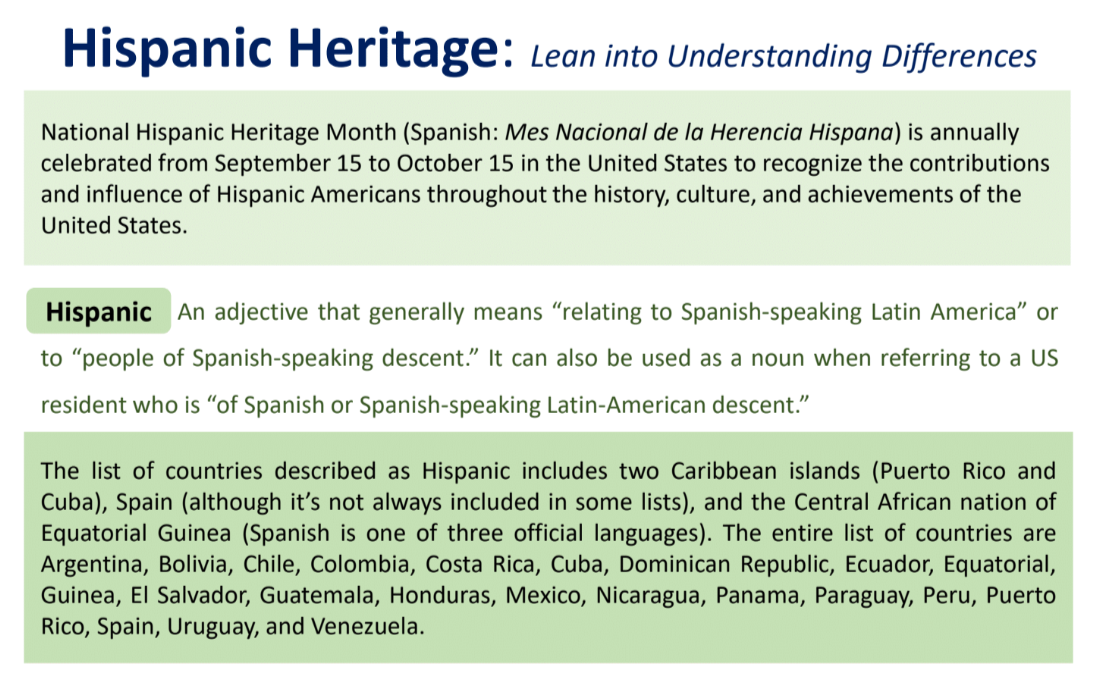I am still talking about the powerful outcomes of the Diversity MBA 9th Annual National Business Leaders Conference. If you can imagine this, more than 100 men from different cultures, different ethnicities, different professional levels, different identities came together to discuss engaging men in the diversity and inclusion conversation.
Executive men from Merck, Colgate-Palmolive, Motorola Solutions, Advocate Healthcare and CDK Global had one thing in common: they are all champions of leading diversity and inclusion in their organization. These champions were comfortable in jumping in with both feet to challenge the audience to think about what conversation men should be having and how they should be positioning themselves.
Well, I will tell you they followed the rule of “what stays in Vegas stays in Vegas.” So that left me to my wits to learn more about the conversations the men had. This one critical note that was shared with me: “it was simply brilliant to bring all of the men together to face our fears.” They were slow to start – as we know, that is part of their DNA – but once they got going, the going got good and the adrenaline got high.
It is not as simple for men as one would think, but their perspective gives them the advantage. We know the best influencers of men are men.
Below are some of the questions they tackled:
- How do we ensure your own learning in diversity and inclusion?
- How do we ensure the inclusion of women and other underrepresented groups?
- How do we sponsor, mentor and/or coach women on being successful?
- How do we deal with biases on both sides? With women? With men? With underrepresented groups?
I would like to share some insights with you from DMBA 2015 Inclusive Leadership Index about men:
- 58 percent of all men are in the employee base;
- 66 percent of the men are in management and leadership roles; of those, 34 percent are men of color;
- 14 percent of African-American men are in the employee ranks with 12 percent in management and leadership roles;
- 8 percent of Hispanic men are in the employee ranks with 9 percent in management and leadership roles;
- 12 percent of Asian men are in the employee ranks with 11 percent in management and leadership roles;
- 6 percent of Indian women are in the employee ranks with 2 percent in management and leadership roles.
After reviewing these stats on men in management, it is safe to say that men of color are as in a challenging a position as women; so why is it so hard for us to bridge the gap together?
Keep the conversation going because the bad boys aren’t bad at all.








